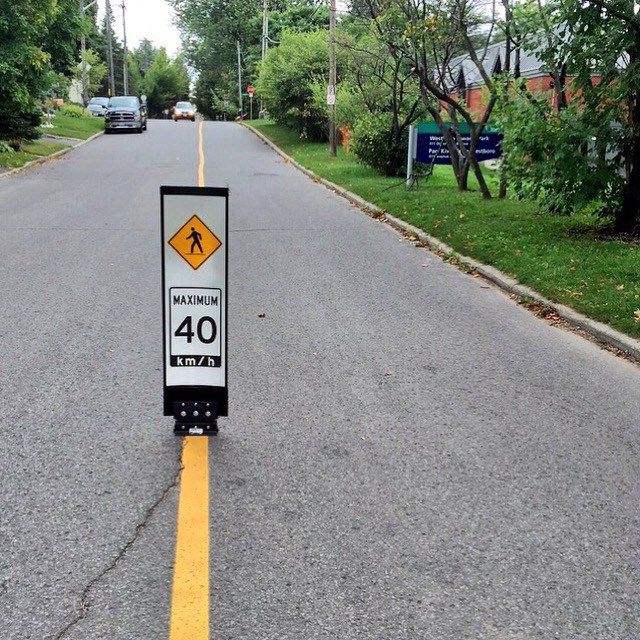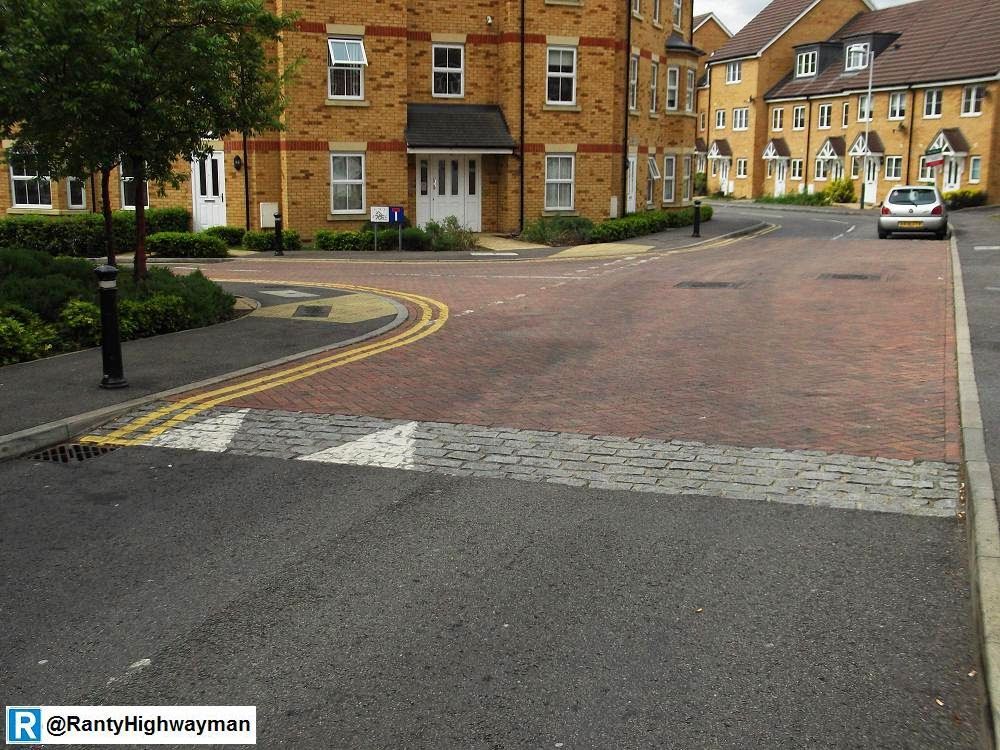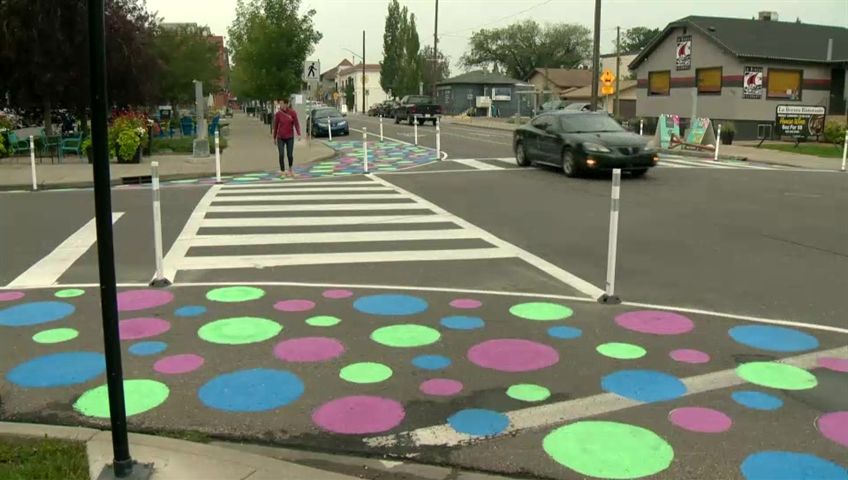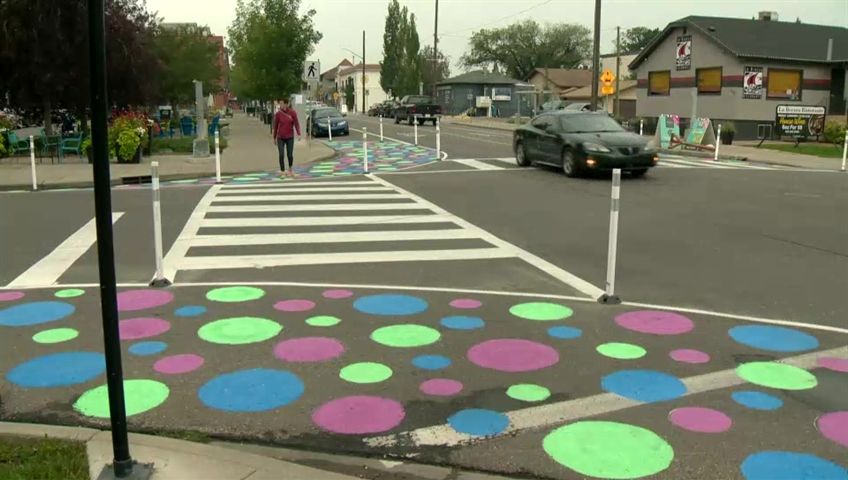Since the car became king, debate has raged over roads, public spaces, and safety of their users. The needle has finally started swinging away from the side of the automobile, back towards the rest of the users that were left behind. It’s too late to change our city back to before the Greber plan, but new optimism is emerging that cars will no longer be the most dominant transport method.
With the debate moving towards more safety, and roads designed for all users, I think we have a wonderful opportunity to do some experimenting with our city. As all science projects, we should start with the problem we’d like to solve: making roads safer for everyone.
Let’s recognize our city is an ever-changing, evolving process. It’s always the right time to try new things! Perfection is impossible, but we will never get closer to it if we don’t make any effort.
Now, when we think about our problem, safer roads, we need to ask ourselves – what causes a road to be unsafe? Unfortunately for car drivers, speed is an important factor.
If you’ve spent much time driving, you’ll understand the thrill of a wide open road, the ability to quickly get from Point A to Point B. Many of our roads have been engineered with this exact feeling in them, even if that wasn’t the original plan.
Roads were engineered to limit driver distractions and make them feel safe driving. Good examples of this are Riverside, or Hunt Club. But you can find it in other streets too. Streets like Lyon and Kent downtown are wide, have limited obstructions (for Lyon, this is the part north of Somerset), and allow a driver to comfortably do 50-60.

This design is good for quickly moving cars around. But it fails our city, as it makes us all a little more unsafe.
Drivers will push the pace if they feel comfortable doing so, and many of our roads have that feeling built in. Even without the distraction of our cell phones, speed can maim and kill. The faster a car goes, the less reaction time a driver is giving themselves.
While distracted driving is high on the list of things we are watching out for, distracted driving accidents would be much less prevalent, and much less deadly, if our drivers were forced to slow down.
Here are some numbers demonstrating the deadliness of crashes, at different speeds. The faster the car is going, the higher chance a crash will be deadly.
Since we’re trying to create safer roads, we need to experiment with existing methods of traffic-calming and speed enforcement, but we also need to consider other possible methods of bringing safety to our roads.
Let’s think of some methods we currently use, here in Ottawa.
Off the top of my head, I can think of – road signs, speed bumps, enforcement, and middle of the road bollards.
Of those methods, one, road signs, is something that seems to be mostly ignored. If you look at the speed on the 417, or any major road, it is usually above the posted speed limit outside of high-traffic periods.
Enforcement does cause cars to slow down. The only issue is, as soon as drivers feel free of the police presence, i.e. as soon as they are away from a stationary cop, the speed creeps back up.
Enforcement can also be done automatically, for example, by something like a red-light camera. These are very useful in promoting safety at intersections. Currently, there are no examples of speed cameras on our roads, though they are now in the discussion. Automation of speed catching would be a cheaper method than using police officers.
Speed bumps actually slow drivers down. In this case, it is to avoid damaging their vehicle. The only issue I can think of in relation to speed bumps is the extra wear and tear they add to cars, not to mention the road below as cars lift up and slam down on to it. While it appears no large studies have been done, I wonder the cost to society at large of increasing speed bumps in a city.
The last method, and most recent addition to our city is bollards. From what I have seen so far, they appear to have a real impact on traffic. The insecurity a driver feels when they pass the narrowed lane created causes a reduction in their speed. A plus for this method, there is no chance it will damage the car, unlike speed bumps.

Let’s think of the costs of all those above methods of traffic calming.
The salary of a police officer starts at over $60,000 Canadian. Enforcement by person is probably the most expensive method of traffic calming, and one of the least effective (though it is one of the few that brings in money).
Speed bumps would probably come in second to enforcement in terms of cost, but will still be significantly less. Signs and bollards would cost the least.
Automated enforcement, i.e. speed cameras, may be costly, but would make up for that cost with the revenue they generate. I will discuss later why I don’t agree with this method of traffic calming.
I think its safe to say that the cheapest method, with the best traffic calming potential, should be adopted city-wide for an easy win. If you weigh the pros and cons of the above methods, it seems bollards are actually one of the best methods - at least on residential streets. No damage to cars, no extra costs, easy to install – just bolt it to the road and away we go.
Beyond these methods, the city has plenty of options to slow traffic down. Sticking to the theme of cheap options that work, the first thing to consider is what slows drivers down the most? Again, its not more enforcement, and no amount of signs above eye-level will help. It all comes down to making drivers uncomfortable.
This is fairly easy on narrow roads. But how do we extend this to thoroughfares and other wide roads?
Here are my ideas for experiments that the city could try for traffic calming.
Narrow lanes: Often, I find the lanes we drive are in are exceptionally wide, and cars have a lot of room laterally. The city could narrow lanes, and either widen sidewalks, or add bike lanes or parking spaces on the side of these roads. Narrower lanes would make drivers more cautious, and therefore slow them down. The only con is that in the beginning, we may see some minor accidents as cars bump into each other on the side.
Increased Development: Adding more buildings along roads, especially residences, will add more parked cars on streets, and the feeling of narrower roads. This method is already happening on streets across Ottawa, but it could be put into place as a road-calming measure as well.
Street Trees: I've gone into detail before about the benefits of street trees. For road safety, they could have quite an impact on many of our streets. Lining wide roads with trees that will grow above the road will make for safer roads in the future. This strategy, unfortunately, would take a long time to implement, so would probably require other temporary measures while the trees grow.
Changing material: You don’t need to add speed bumps to slow drivers down. The same result can be achieved by adding stripes of, for example, red cobblestones on a road. This kind of measure would serve to slightly confuse the driver on approach, thus causing them to slow down.

This change could either be in the middle of a street, where a speed bump would normally go, or at a crosswalk, demarcating the lines between pedestrians and cars. Even this small change could be an effective method of slowing traffic.
Coloured parking areas: On many roads, parking spaces and road are the same colour, and do not look any different. When cars are parked, they can narrow the road, but in places where cars are not parked, the road feels wide open and spacious. The city could experiment with using different colours in these parking zones, marking them in bright colours like red or green.
This would make a driver feel like their lane is narrower than it actually is, effectively mark where parking is, and calm traffic in general (not to mention make a street look more interesting).

None of these ideas will generate revenue for the city, the way enforcement would. The thing they have going for them is that they are cheap, and mostly, easy to implement. Some discussion has occurred recently about using speed cameras, especially in places like school zones.
However, it seems to me that school zones should be engineered for slower traffic, rather than using a camera to enforce after the fact. If someone is speeding, and hits a child, the camera is small comfort to that child’s parents.
In fact, speed cameras in general, to me at least, feel almost like a cash grab. As stated above, we engineer our roads for high speeds, and then arbitrarily limit a driver’s speed. If we suddenly start putting speed cameras out, without fixing the road design, then it feels almost like entrapment.
So here’s my suggestion. Instead of speed cameras, why not start rebuilding the city’s transportation department to take into account better principles of road engineering.
This article mentions the Netherlands as an excellent place to look to for ideas. When road deaths reached a level too high for comfort, they went and changed how roads were designed. And, it worked.
In conclusion, here’s what should happen. The city should come up with some pilot projects. Traffic calming measures that aren’t speed bumps, speed cameras, or police cars. Collect data. Collect data on “control” roads. Analyse the data. Determine if any methods were effective. Implement if yes. Start anew if not. Rinse and repeat, and never stop improving. It’s the scientific method.
